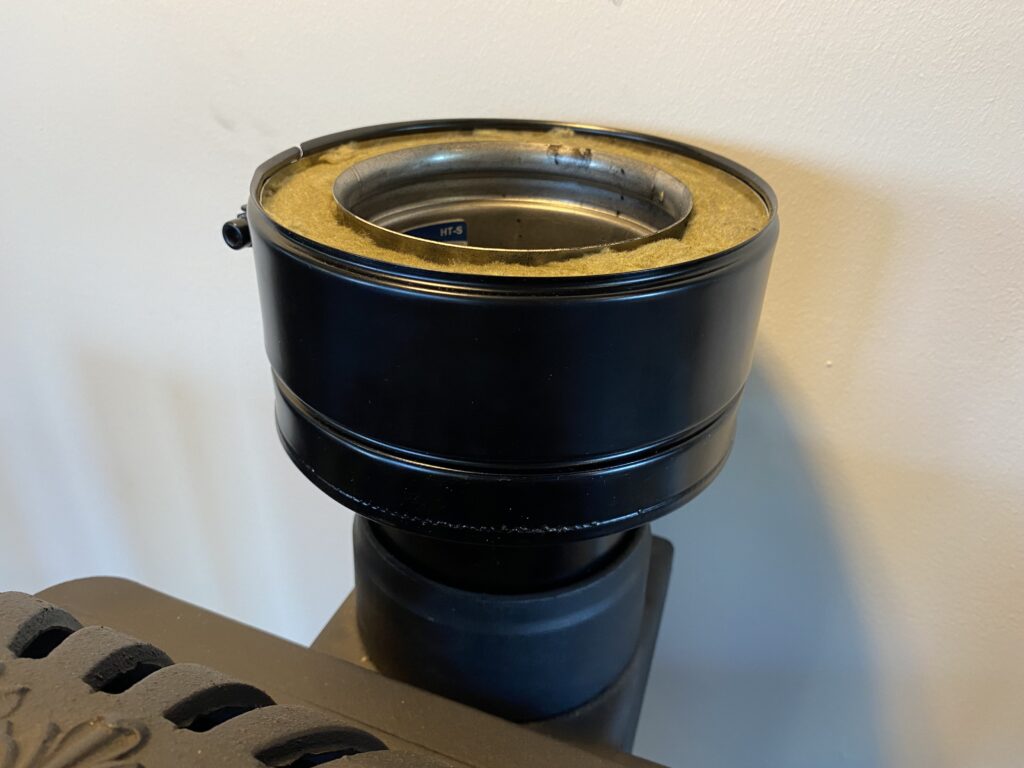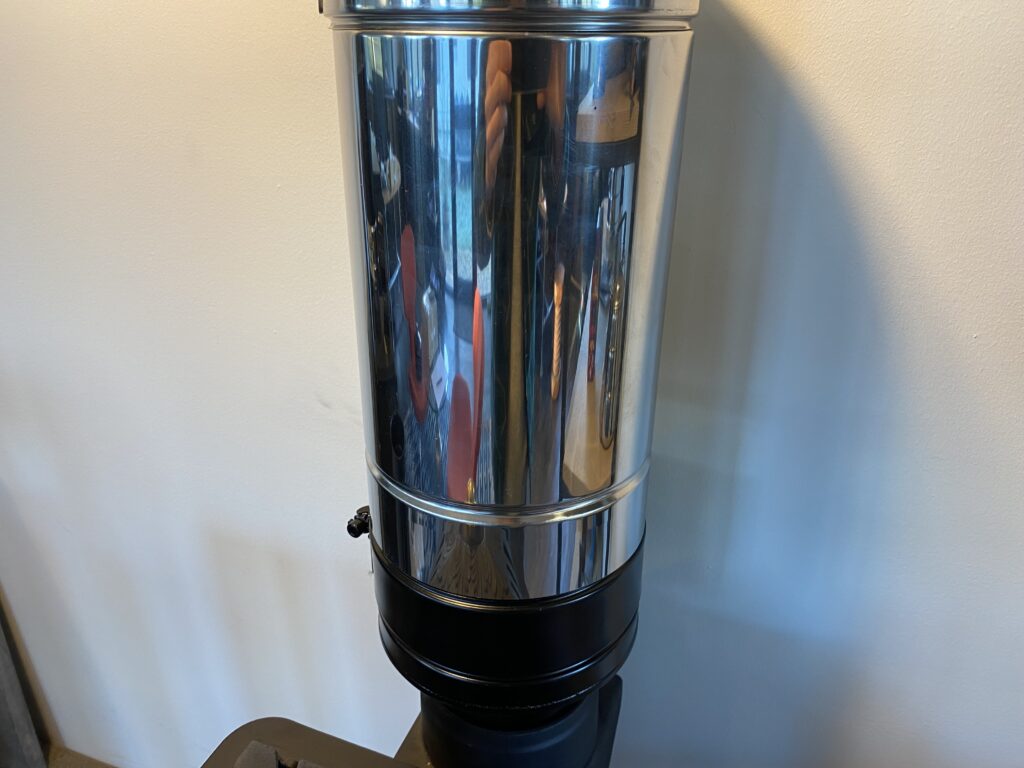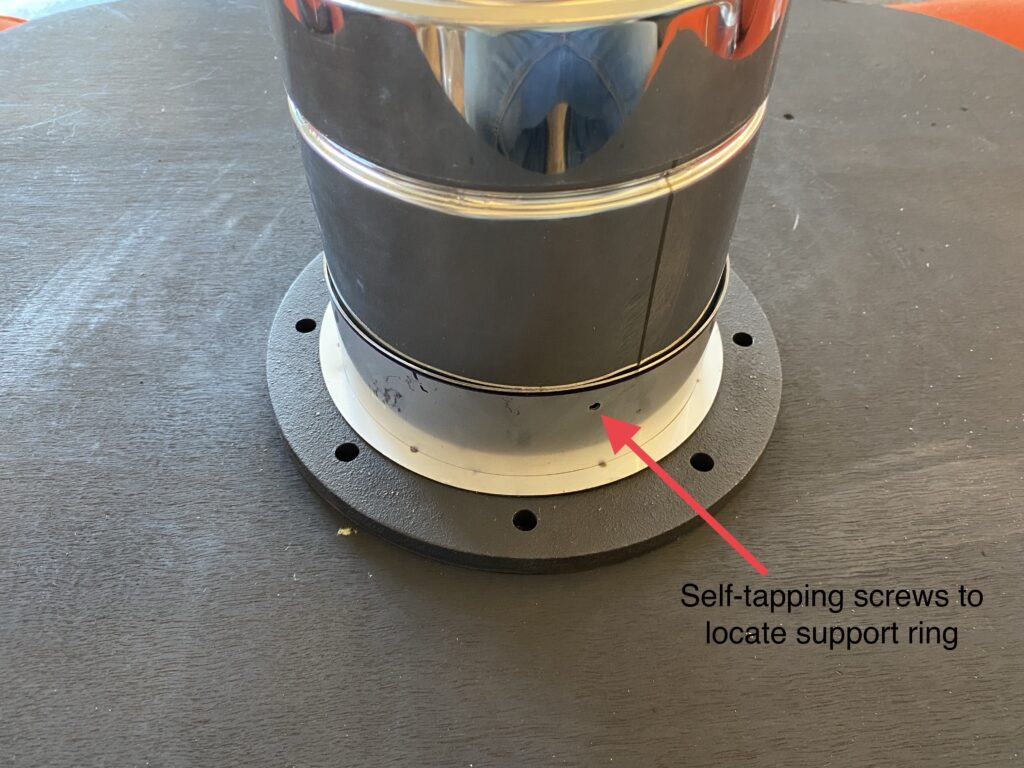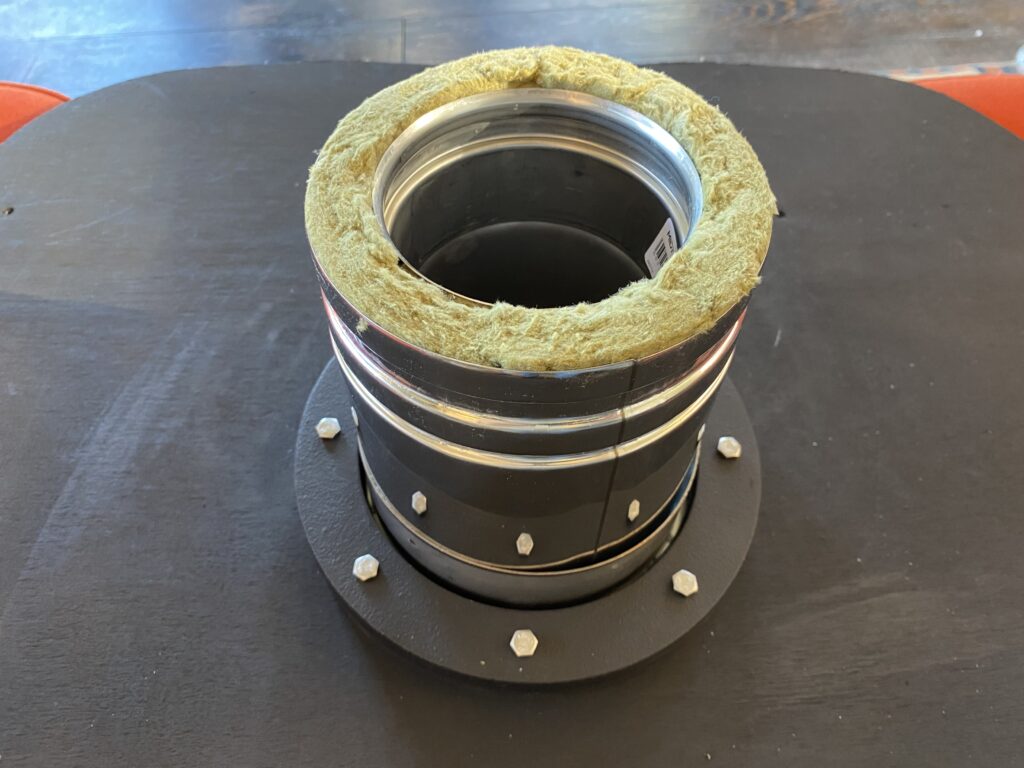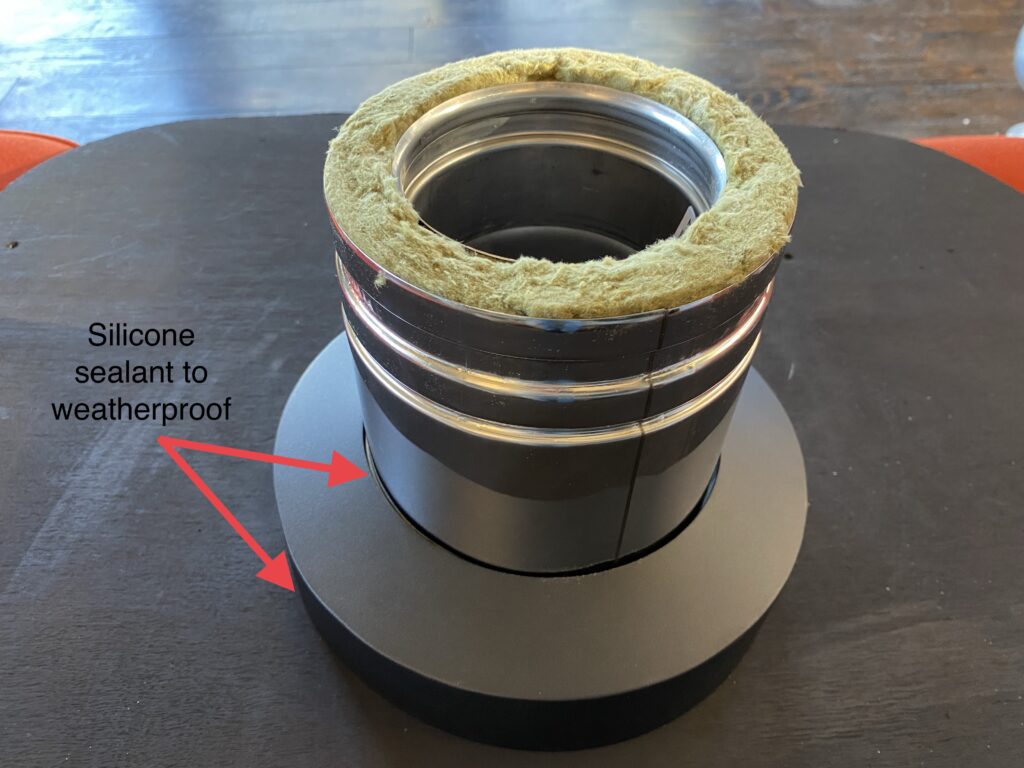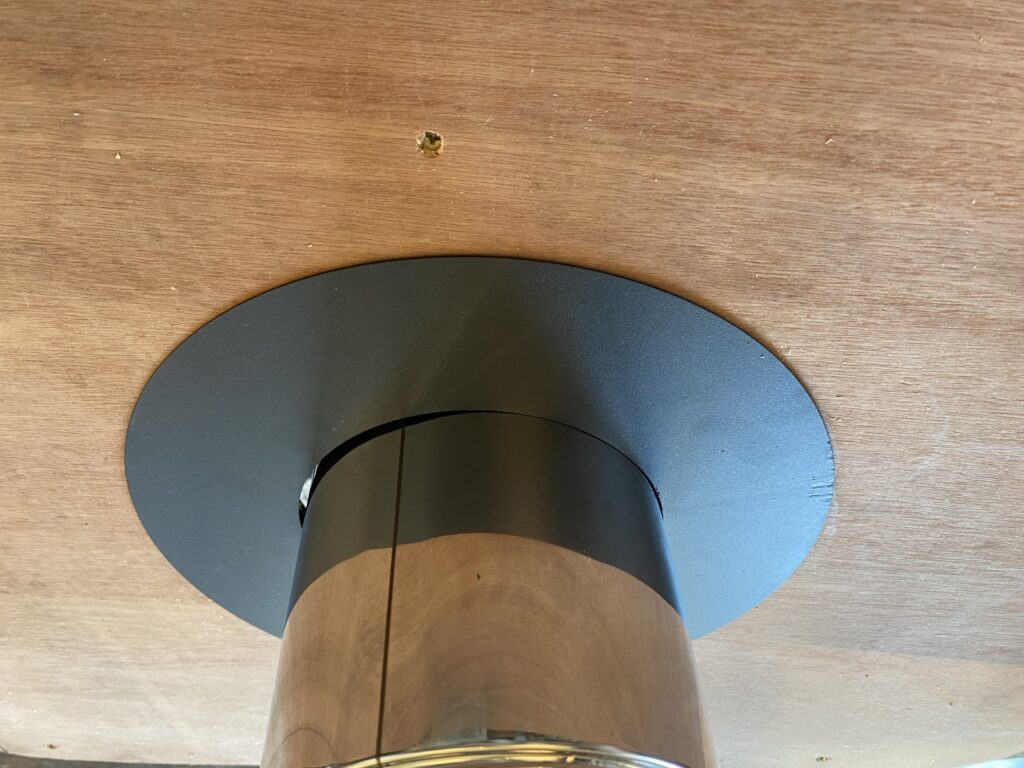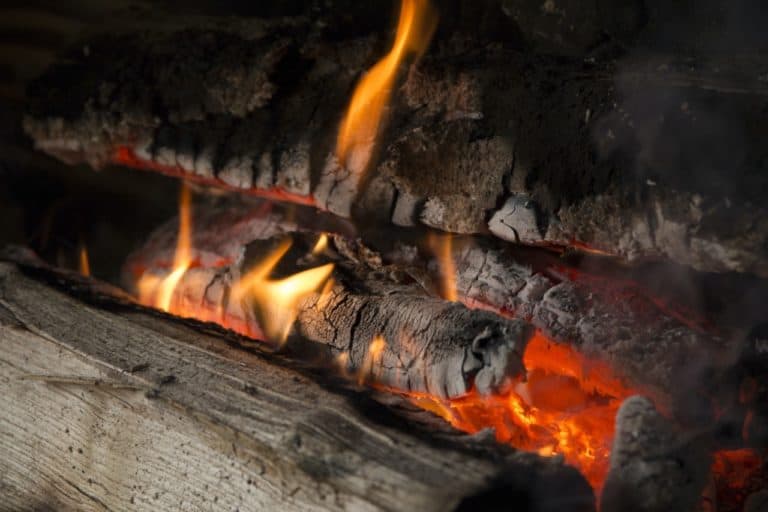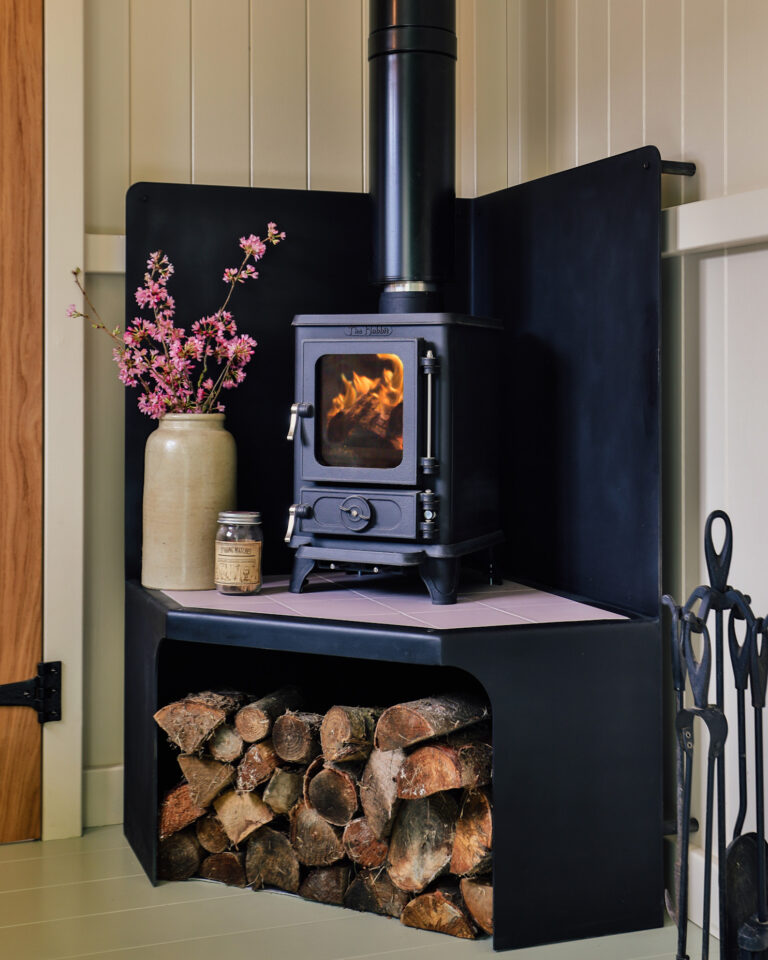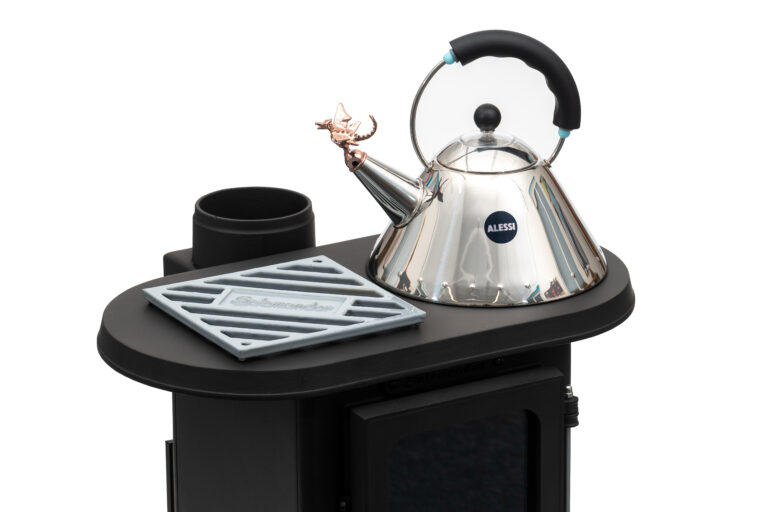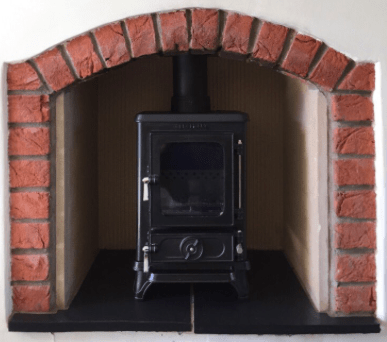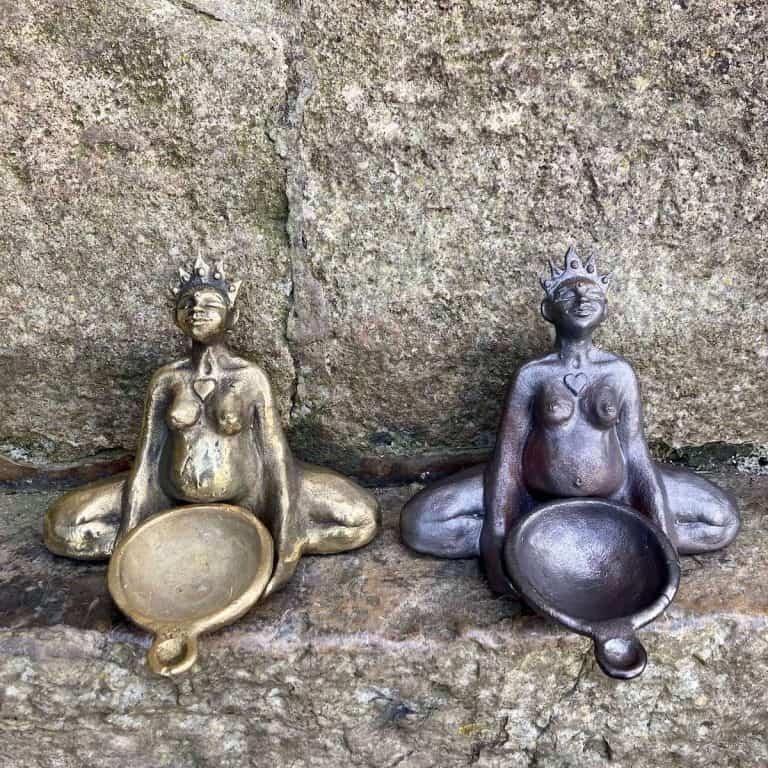Canal Boat and Narrow Boat Stove Installation
In recent years the advice and guidelines for installing wood burning stoves on canal boats and narrow boats has beneficially tightened up. Adopting the new guidelines results in safer stove installations and more efficient stove running. The new directives have moved away from using the traditional uninsulated 4” steel pipe which was welded up and passed through the deck and outside in favour of using sectional twin wall insulated flue pipe. This type of insulated flue is much safer when passed through the cabin and roof of the boat. Outside and inside the flue gases are kept warmer providing a better draw, more efficient burning which in turn produces much fewer soot deposits and therefore reduces flue and stove maintenance.
Here are links to the current guidance.
Read the Soliftec guide stoves on boats.
We have designed three canal boat flue kit’s, which are within the new guidelines but also aesthetically more pleasing as the external flue diameter is still only 152mm. This matches the flue outlet on our Hobbit stove, which has a 100mm diameter flue outlet at the top (and/or the rear of the stove.)
We also have a very special offer saving you over £300 on our Canal Boat Stove and Flue Kit. Click here!
The advantages of using a twin wall flue system
Having an insulated flue results in the flue gases staying much warmer which in turn both reduces the level of deposit build up and maintains an effective draw. With canal boat flue heights being quite low in comparison to a house for example, it is important to maximise the elements to enhance the draw as much as possible. The flue is basically like the engine which runs the stove. A poor performing engine or draw will result in a poor performing stove that soots up regularly. A twin wall flue is therefore a good choice.
The deck exit kit comprises the following elements
3 cast iron deck rings – 2 of these are wedge shaped and can be rotated around to match the pitch of the deck. They are bolted into place either right through the deck or drilled and tapped into the deck. They retain the support ring which is self tapped through the outer wall of the twin wall. It is a good idea to use a bead of heatproof silicone where the first ring contacts the roof to add an additional layer of weatherproofing. The cast iron deck rings and the support ring are then covered by the black cover section and a silicone bead can be applied around the base edge of the cover. A further bead of silicone can be applied to the flue and cover at the point where it extends through the cover.
The top section can be added and removed with a simple locking band. The rain cap and closure cap for longer periods when the boat or flue are not in use, are attached and removed in the same way.
How to install your small stove and flue kit into a canal boat
Keeping the flue gases warmer promotes a more efficient draw and therefore more efficient running of the stove. Twin wall insulated flue pipe can look a little over bearing so we have designed our flue kit using 100mm twin wall which has a smaller outer diameter of 150mm. This means cutting a hole of 158mm is required through the outer steel layer of the hull.
The internal combustible lining inside the cabin needs to be 50mm from the flue pipe so a hole with a 250mm diameter is required internally. Each canal boat flue kit contains the components required to exit through the roof of the boat.
Top side are a set of 3 cast iron ‘flashing’ rings which can be positioned from 0 degrees to 8 degrees. These retain the support ring which self taps to the outer skin of the flue pipe. This arrangement is then covered by a black powder coated ‘cover ring’ part which is sealed to the flue pipe with silicone. A removable top section of flue with a removable rain cap are added to the section which protrudes through cover ring. A closure cap is included in the kit to allow the flue system to be completely capped off at this point when the boat is not in use for any period. Inside the cabin a trim plate is used to conceal the wider exit point through the internal combustible lining. An internal adjustable support bracket is supplied and recommended to brace the flue to the wall of the cabin.

